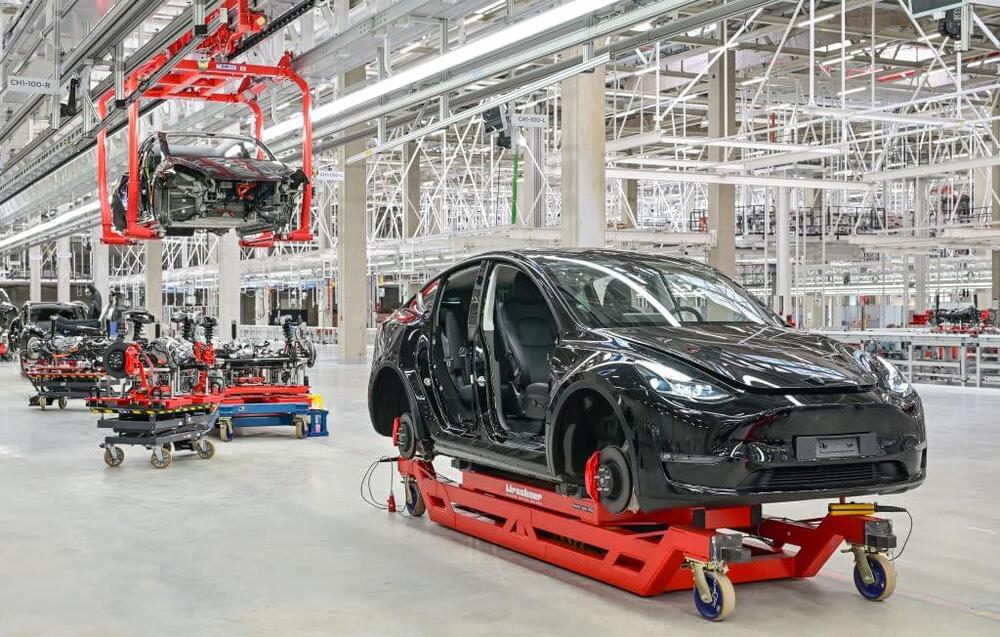3D printed food isn’t limited to basic sustenance. Discover the world of 3D printed cakes, which could well serve to be the future of fancy pastries.



Because of their ease of use, functionality and material compatibility, 3D pens are becoming increasingly popular in the additive manufacturing market. Based on the FDM process, 3D pens are for some an alternative to desktop 3D printers, although the finishes are not as precise. Indeed, they allow users to manufacture all kinds of parts by letting their imagination and creativity run free, at a relatively affordable price. Polaroid has joined the market with its new 3D pen called “Candy Play”, which allows users to create candies from edible filaments.
With an elegant design and ergonomics, the 3D pen adapts to any hand shape according to the manufacturer. For example, the shape of Candy Play and the position of the buttons have been designed in a way to make the handling pleasant and natural. Additionally, its features mean that Candy Play 3D pen can be used by both right and left-handed people. As said before, Polaroid’s 3D pen does not use conventional thermoplastics, but edible filaments. And for those who are concerned about the sugar content of the filaments, it’s not a problem! Polaroid specifies that even if its filaments have different flavors, they are all sugar-free.

Process achieved at industrial scale in 120 litre reactor.
The 120 litre LanzaTech pilot plant that can convert carbon dioxide into acetone and isopropanol.
Industrial scale carbon-negative production of two commodity chemicals has been achieved for the first time using a genetically modified bacterium that can turn waste carbon dioxide into acetone and isopropanol. The work, which offers a blueprint for making other chemicals, holds promise for a more sustainable, renewable and environmentally-friendly chemical industry as the world strives to shift from fossil fuels to a circular carbon economy.

TOKYO, March 4 (Reuters) — Japan’s Panasonic Corp (6752.T) is looking to purchase land in the United States for a mega-factory to make a new type of electric vehicle (EV) battery for Tesla Inc (TSLA.O), public broadcaster NHK reported on Friday.
Panasonic is looking at building the factory, to cost several billion dollars, in either Oklahoma or Kansas close to Texas, where Tesla is preparing a new EV plant, NHK reported. NHK gave no timeline for Panasonic’s U.S. project.
NHK did not cite the source of its information. Panasonic said the reported plan was not something it announced.

Tesla has released footage unveiling its pre-fabricated system to deploy new Supercharger stations in record time.
This new one in Florida was built in just over a week.
Tesla is currently growing its Supercharger network at an impressive rate.
The automaker went from 23,277 Superchargers at 2,564 stations at the end of 2020 to 31,498 Superchargers at 3,476 stations at the end of 2021. That’s growing at a 35% year-over-year pace.

A research team led by scientists at Roswell Park Comprehensive Cancer Center has discovered a molecule that inhibits the growth and metastasis of pancreatic cancer cells through the iron metabolism pathway. Their findings, recently published in Molecular Cancer Therapeutics, pave the way toward the development of a new drug candidate for the treatment of pancreatic cancer.
The molecule, MMRi62, targets iron metabolism to kill cancer cells and the harmful proteins that encourage their growth and spread, suggesting that further development and refinement of this compound could lead to a new type of pancreatic cancer therapy.
“MMRi62 causes degradation of an iron-storage protein called FTH1, as well as a protein that is mutated in PDAC, resulting [in] inhibition of metastasis and ferroptosis, a form of cell death triggered by free cellular iron,” says Xinjiang Wang, Ph.D., Associate Professor in the Department of Pharmacology and Therapeutics at Roswell Park.


Yet the United States lacks an organized response. The weekly reports of ransomware attacks and data breaches make it clear that we’re losing this battle. That’s why America’s leaders must rethink the current cyberdefense system and rally around a centralized regulator to defend both citizens and the private sector against current and future attacks.
The decentralized nature of the American government does not lend itself to fighting foreign cyberthreats. Government agencies handle cyberregulation and threats in the sectors they oversee — an inefficient and ineffective way to address an issue that cuts across our entire economy. In just the past few months, the D.H.S.’s Transportation Security Agency announced new cybersecurity requirements for pipelines and railroads; the Federal Communications Commission put out its own proposal for telecommunication companies; the Securities and Exchange Commission voted on rules for investment advisers and funds; and the Federal Trade Commission threatened to legally pursue companies that fail to fix a newly detected software vulnerability found in many business applications. And on Capitol Hill, there are approximately 80 committees and subcommittees that claim jurisdiction over various aspects of cyberregulation.
These scattered efforts are unlikely to reduce, let alone stop, cybercrime.


Tesla has gained approval to begin commercial production at its new factory near Berlin, local German officials announced Friday.
The conditional license for the vehicle and battery plants in Brandenburg was expected following months of delays. Tesla had intended to start production of vehicles by early summer of 2021 in Brandenburg, but the Covid pandemic, supply chain complications and clashes with environmentalists all slowed their pace.
The project, which was approved with the 536-page decision, includes the plant for the production of up to 500,000 vehicles per year, according to a translated release.